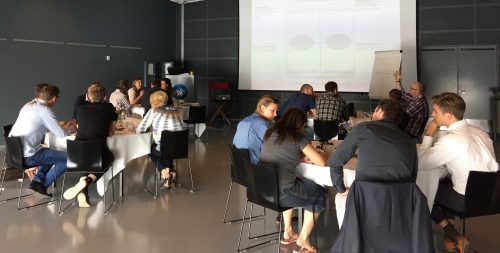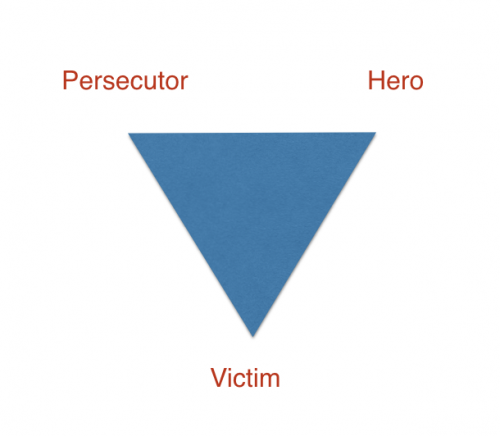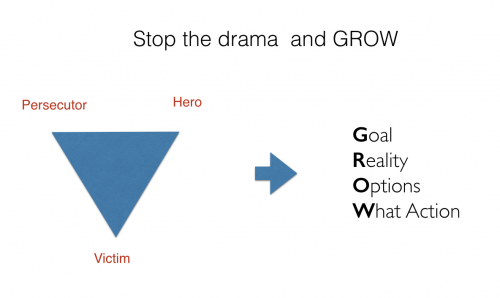
In my previous blog post, we looked at two very different leadership approaches: multipliers vs. diminishers.
In this blog post, we’ll take a closer look at the diminisher.
So how much output do we get from someone when we hire them to do a fair day’s work?
Well, there is quite a lot of research that indicates that on average, we are getting somewhere between 30 and 50% of what people are actually capable of.
This is also reflected in the Gallup engagement research that shows that +/- 65% of the workforce is not particularly engaged in their work. If you are not engaged, you are probably also not giving it your best.
So what are the barriers for our people to give their best? The top three, according to the research are:
- Rules, regulations, and structure in the organisation
- Lack of feedback and encouragement
- The leadership style of the immediate supervisor
So to put it in a nutshell: If you are not getting max output from your team, it is probably because of you.
Yes, let that sink in for a moment.
That is not because you are a slave driver with psychopathic tendencies, at least I hope not.
More likely your are just an accidental diminisher. Accidental because when you have a diminishing impact, you are likely to be completely unaware of it and probably the last to know.
The first thing you need to think about is your own assumptions and beliefs.
You see, diminishers see intelligence as based on elitism and scarcity. Diminishers appear to believe that really intelligent people are a rare breed and that they are of that rare breed. This naturally leads them to conclude that they are special and that other people will never work out what to do without them.
They also seem to follow a logic that says people that don’t ‘get it’ now probably never will. Therefore, I need to do all the thinking around here.
This is what Caroll Dweck, author of Mindset, would call a limiting mindset.
The Multipliers, on the other hand, have a growth mindset, which is a fundamental belief that basic qualities like intelligence and ability can be cultivated through effort.
Multipliers get more from their people because they are leaders who look beyond their own genius and focus their energy on extracting and extending the genius of others. And they don’t get just a little more back; they get vastly more.
_Liz Wiseman
As we all well know, our assumptions and beliefs govern our behaviour.
So the diminisher typically displays some or all of the following behaviours:
- Micromanage things
- Do most or all of the talking at team meetings
- Have the answers and ask few questions
- Be judgmental and critical of others
- Create stressful environments that often do not feel safe
- Take fast decisions (as opposed to getting everyone buy in)
- Drown the team with new ideas and initiatives
So here are a few questions to ask yourself and reflect on:
- How might I be shutting down the ideas and actions of others, despite having the best of intentions?
- What am I inadvertently doing that might be having a diminishing impact on others?
- How might my intentions be interpreted differently by others?
- What messages might my actions actually be conveying?
- What could I do differently, that would make more space for the to contribute and grow?
- These questions can be tricky to get feedback on from your direct reports, for obvious reasons. But what you can ask when there is the right opportunity is: Is there anything that I could do differently that would help you do a better job?
And then listen very very carefully.
Check out Lis Wiseman’s book for yourself: Multipliers, Revised and Updated: How the Best Leaders Make Everyone Smarter

This the twelveth blog post in a series where Mike is exploring:
Building capacity is at the heart of the Service Profit Chain. If you are not familiar with the intricacies of is model, don’t forget to check out Mike’s online courses where you will find a lot of great tools, resources and knowledge on Leadership Development and The Service Profit Chain.








 This the eighth blog post in a series where Mike is exploring: Why and how to develop not just yourself but also the people around you?
This the eighth blog post in a series where Mike is exploring: Why and how to develop not just yourself but also the people around you?

 This the sixth blog post in a series where Mike is exploring: Why and how to develop not just yourself but also the people around you?
This the sixth blog post in a series where Mike is exploring: Why and how to develop not just yourself but also the people around you?
